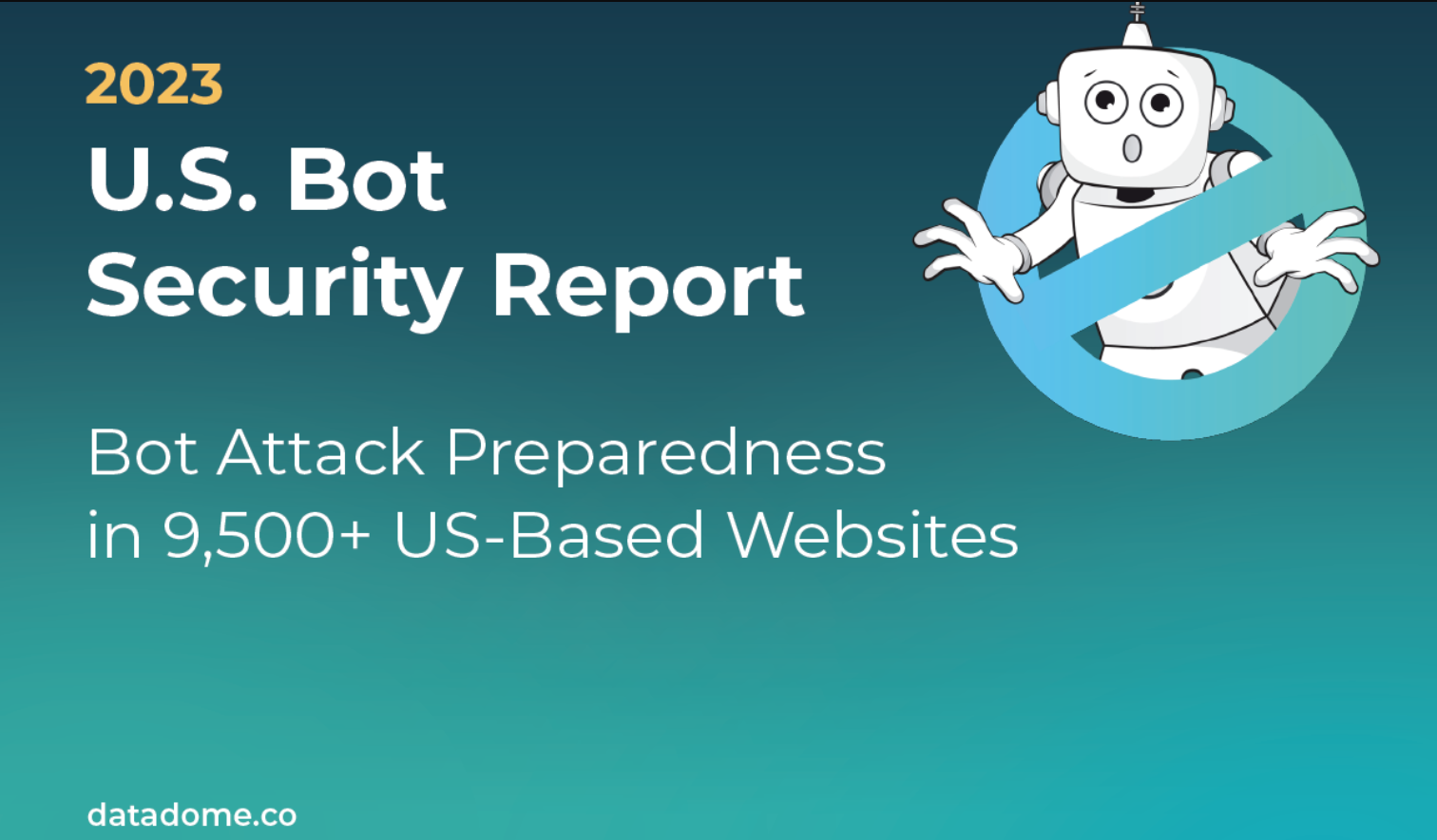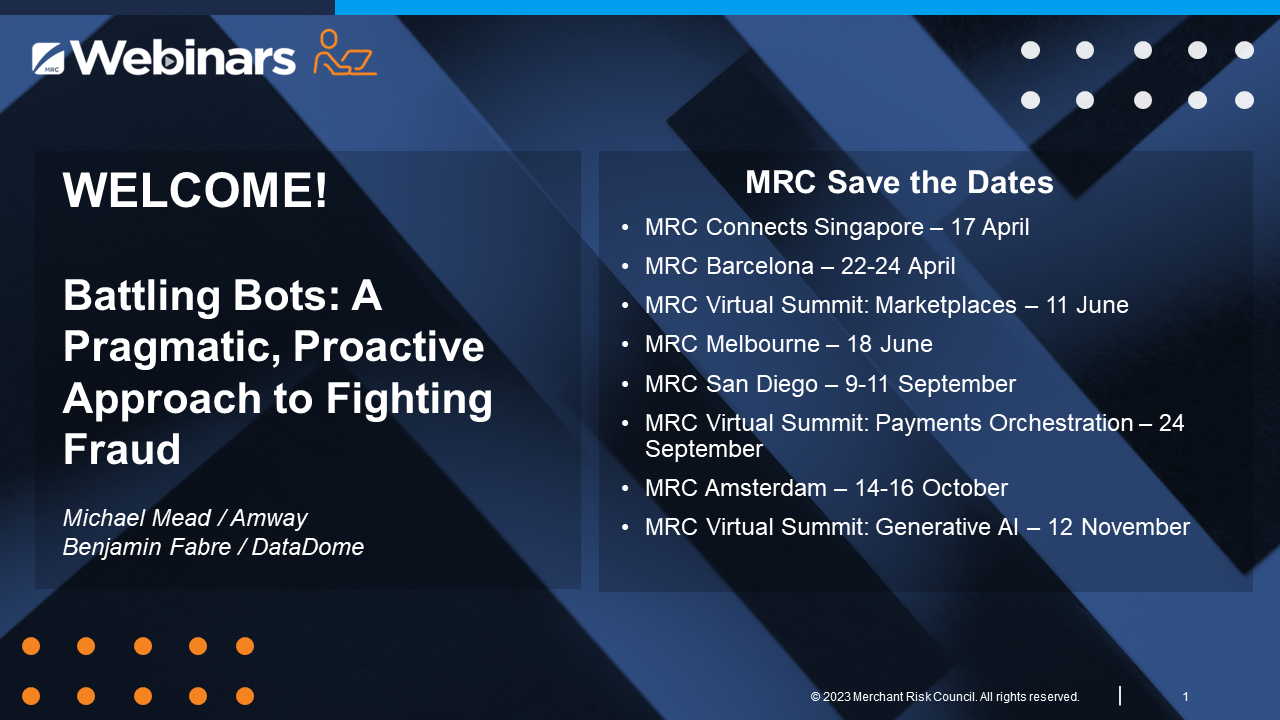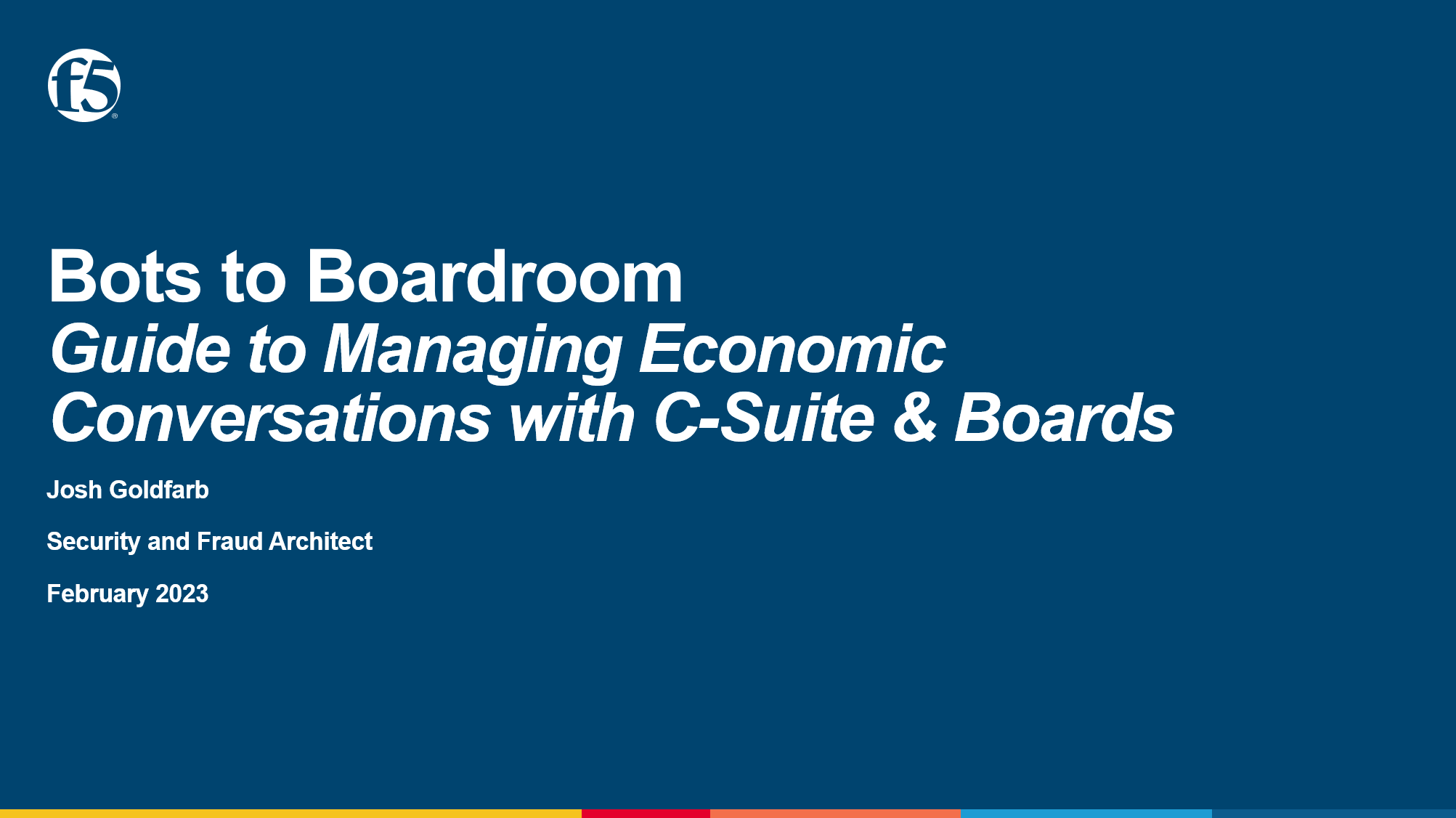Unveiling Tactics: How Email Tumbling Empowers Fraud
In the digital world, email addresses have become the center of our digital identity. Not only do they enable daily communication, but they also serve as the key to our online profiles every time we create a new account or log in.
However, with this convenience comes the inevitable downside: the ubiquitous presence of spam and fraudulent emails. As email filters become more sophisticated in detecting and blocking such malicious content, fraudsters continually adapt, employing tactics like email tumbling to bypass these defenses.
Understanding Email Tumbling
Email tumbling, also known as email variation or polymorphism, refers to a technique used to prevent fraud systems and spam filters from detecting and blocking email addresses by altering the content slightly with each transmission. This method involves making small changes – such as adding or removing spaces, altering punctuation, or slightly modifying the text itself – before utilizing it to create an account, write a review, access a promotion, or send communications.
Each Email Service Provider (ESP) differs, and each has special characters they do and do not allow, from dots, plus signs, brackets, and others, all allowing the fraudster to reuse the same email repeatedly.
Email Tumbling Impacts
Email tumbling involves generating multiple variations of the same email address to bypass detection and spam filters to increase the likelihood of reaching recipients' inboxes or successfully registering an account. In the context of fake accounts, coupon abuse, and even review fraud, fraudsters may employ email tumbling to:
- Generate Fake Accounts: Fraudsters create countless fake emails using email tumbling techniques, allowing them to quickly set up multiple anonymous accounts. This tactic facilitates the abuse of promotional offers, manipulates data, and poses even greater security threats.
- Redeem Multiple Coupons: Fraudsters use each email account to collect unique coupon codes or special one-time offers. By employing email tumbling, fraudsters can bypass restrictions that prevent gaining access to near unlimited coupon codes.
- Avoid Detection: By rotating through multiple email addresses and subtle variations in each, fraudsters aim to, and are often able to, evade detection by businesses' fraud prevention systems, which would otherwise flag anomalous activity from the same account. From review fraud to social engineering, having access to a multitude of anonymous, unique accounts can have profound effects depending on the platform.
Implications for Businesses
For businesses, account abuse facilitated by email tumbling can result in detrimental outcomes:
- Revenue Loss: When fraudsters redeem coupons or loyalty points, businesses lose revenue because they provide discounts without receiving corresponding purchases or legitimate customer engagement.
- Diminished Effectiveness of Promotions: Coupon abuse dilutes the effectiveness of promotional campaigns by inflating redemption rates artificially. This can lead to skewed data analysis and misinformed marketing strategies.
- Customer Dissatisfaction: Legitimate customers may encounter out-of-stock items or limited availability of promotional offers due to fraudulent redemptions, leading to dissatisfaction and erosion of trust in the brand. Coupled with the potential for fake reviews, fraudulent accounts and emails can wreak havoc.
- Damage to Brand Reputation: Instances of coupon abuse can tarnish the reputation of a brand, signaling to customers and stakeholders a lack of control over promotional offers and susceptibility to exploitation.
- Dormant Malicious accounts: Fraudsters often link tumbling directly to scripts and BOT activity, allowing them to create thousands of accounts over time. They leave these accounts dormant to "mature" for future use, giving them an appearance of legitimacy. Apart from the direct fraud and revenue loss implications, these fake accounts open a company to unforeseen consequences and diminish a business’s ability to effectively report on its client base.
How To Topple Tumbling
For businesses, identifying email tumbling after the fact is too late—the damage is already done. To effectively stop and prevent tumbling, businesses need to address the issue proactively before any account or transaction is processed. Traditional rules often fail against the sophisticated patterns and diverse domains used in tumbling.
Advanced tumbling detection solutions provide robust protection by identifying these patterns across all major email domains. These systems leverage global email activity networks, processing billions of real-time signals each month, to detect and flag tumbling tactics that individual companies might miss. While one organization might see only a few variations, these comprehensive systems can spot hundreds of tumbled email addresses, swiftly mitigating threats across the network.
By using these cutting-edge tools, businesses can stay ahead of digital threats and secure their transactions with precision and reliability.
About AtData:
AtData, the Email Address Experts, is the leader in email address intelligence with the most accurate, comprehensive and privacy compliant email-centric data solutions. We leverage our 20-year dynamic, proprietary fields, and models to identify malicious users hiding behind an email address stopping fraud in its tracks enabling ecommerce organizations to avoid fake account creations, transactional fraud, and account takeovers. With AtData’s real-time fraud prevention solution, you can identify high-risk users resulting in cleaner customer data, less chargebacks, and increased conversions.









